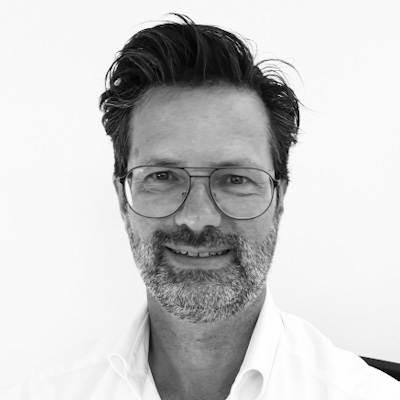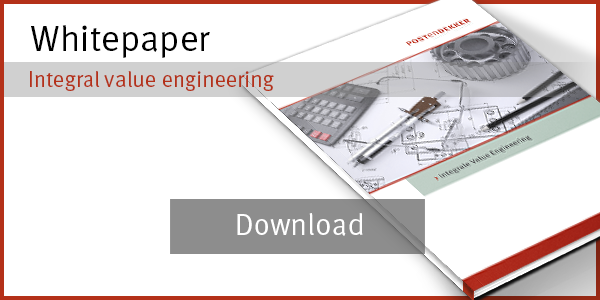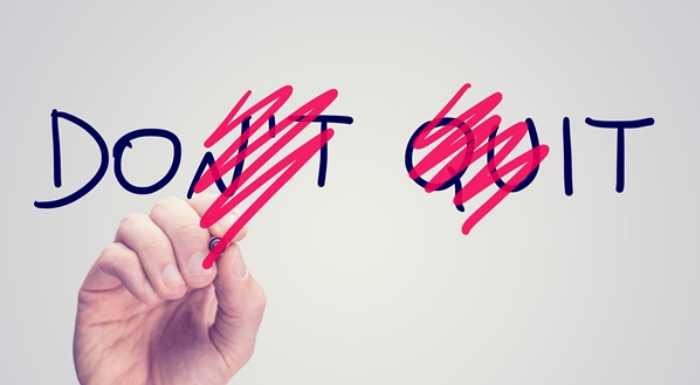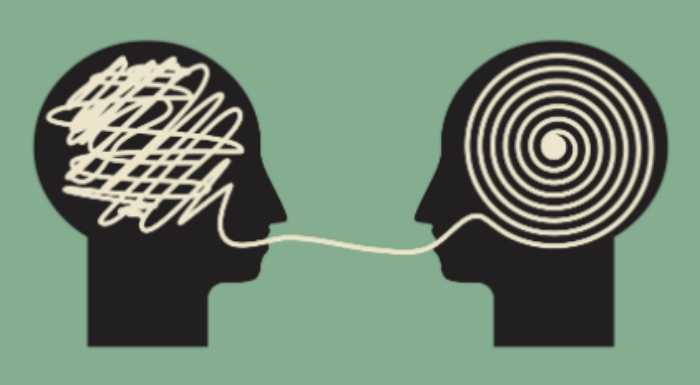
Value Engineering is an excellent way to make your product portfolio more attractive. With Value Engineering the focus is put, in contrast to investing in research & new product development, on redesign and/or reduction of the integral cost price. With value engineering the investments and risks stay low and lead time short. Furthermore, you will already have a client base, so you won’t need to put in any effort in that.
But how exactly do you organise a value engineering project? In this article, I will describe the 5 phases of the integral value engineering method, and I will also show when you need which resources. Integral value engineering is a method to reduce your cost price while maintaining the market value of your product. Focus here is on reduction of integral costs while retaining the form-fit function, minimal time for requalification and short payback period of the effort.
The integral value engineering method in 5 phases
When you organise your Value Engineering project, it is a good thing to take into account the following five phases:
Inventarisatory phase:
In this phase, the area in which you look for solutions is demarcated. A good method to structurally collect this information is carrying out a stakeholder analysis in which the interests surrounding the present product are observed from different perspectives. The illustration below gives you an overview from which perspectives you can look at a product. The interests can be best uncovered by means of interviews. If it is difficult to get clear where the value of a product exactly lies, a QFD (Quality Function Deployment) could be the solution.
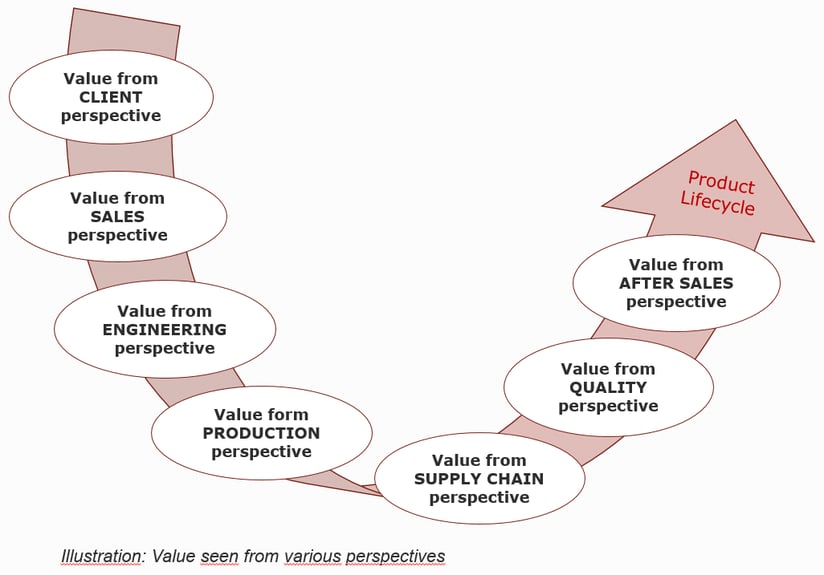
Next, you will determine the goals and you will substantiate them with a business case. Create an image of the necessary investment and the payback period. Also think about at which moments these goals can be validated. Also part of this phase is a zero measurement of the cost price and sales numbers, and the present realisation of a product is mapped. Especially information about the production at suppliers can provide insight into the design.
At the end of this phase, clearly define which tests are needed to qualify/validate the product and who inside the organisation will have the authority to make decisions about the proposed changes. This will be the steering group. Also put together a small core team that will lead the way in the follow-up phase. At the end of this phase, all information that was gathered in this first phase is determined in a specification.
Brainstorm phase:
For this phase, let the core team use the collected information from phase 1 to come up with ideas. Keep in mind here that ideas come from people, not from processes. Therefore, make sure that the right people are involved in this phase.
Coming up with ideas can be done by means of a brainstorm session, but people should also be given the opportunity to analyse the information they collected themselves in phase 1 and come up with possible solutions. Several short brainstrom sessions are more effective than one long session. Focus areas for brainstorm sessions can be determined based on the information that was gathered in phase 1. Especially the zero measurement can give insight into where costs are currently being made and where exactly there’s a potential for cost reduction. Make some sketches and illustrations of the ideas, and substantiate them with the collected information that depict the potential or the risks.
More information about creative processes – read our blog ‘thinking inside/outside the box’.
Evaluation phase:
In this phase, you will test the ideas of the brainstorm phase with knowledge carriers within and outside the organisation. Goal of this targeted testing is mapping the potential of your ideas, collect information about feasibility, and create support for the changes that are likely to occur.
In this phase, (indicative) tenders will be requested and detailed assessments will be made. This is to verify whether the expected reduction is realistic. Also, an assessment will have to me made of the amount of time and costs that need to be made in order to realise the various ideas. By means of the anticipated reductions and anticipated required effort, a selection can be made of the ideas that can accordingly be further developed. This could lead to evaluating the ideas on potential by means of an effort-gain matrix.
It is important to make an inventory in advance about how many “prototypes” are necessary to validate the redesign in the next phase. Eventually, it’s a good thing to present the core of this study to the steering group that was defined in phase 1. Goal of the presentation is to get an agreement on the proposition of the core team.
Realisation & validation phase:
In this phase, the ideas are worked out and validated by means of the project goals. Depending on the ideas, this can be done by the core team and/or specialists or suppliers that are involved. In the end, the goal is to make one or several prototype(s) in which all ideas are applied.
In this phase, you can also apply several engineering tools in order to validate ideas. It is also important in this phase to prepare the testing installations and to test the economic objectives by collecting the final tenders from the definitive supply chain. Together with the zero measurement, this will provide a final picture of the achievable reduction.
If you need a subjective judgement for some parts, then you should make use of expert panels. If field tests are necessary, then it’s a good thing to plan these well in advance and fine-tune the expectations. Also make sure that the redesign will be used intensively during the field test. Goal of this phase is to get an approved and accepted redesign, that, substantiated with tenders, will generate an interesting reduction. When the redesign has been validated and accepted, the Technical Construction File must be ready and complete.
Implementation phase:
In this phase, all ERP and/or MRP systems are filled and the transition is prepared. On basis of existing supplier agreements, the correct timing can be determined together with the Logistics and Purchase department for the permanent transition to the redesign. Often a first 0-series is built before the actual transition.
After full integration in regular processes, the project responsibility of the core team after this phase, moves on to the responsibility of the existing organisation. The objectives with regard to reduction and optimisation should be monitored because only after implementation the actual savings should be obtained. With process changes monitoring is of importance in order to keep the focus.
‘No cure, no pay’ – also for engineering
A pricing model on a ‘no cure, no pay’ basis is not yet customary in the world of engineering. For Post en Dekker’s client Kverneland, there was the assignment for the TrimFlow, a project of limited scale, as a pilot for value engineering. Important advantage for the client is that they can easily join in. Check here for the case study of this value engineering project!
Following the line of value engineering, is smart customization on the basis of an integral redesign of a product(family) including the order creation process. Here too, integral cost price reduction is an important objective. This is why smart customization projects are also suitable for implementation of a ‘no cure, no pay’ basis.
Would you like to know everything about Value Engineering? Then download our whitepaper below!



